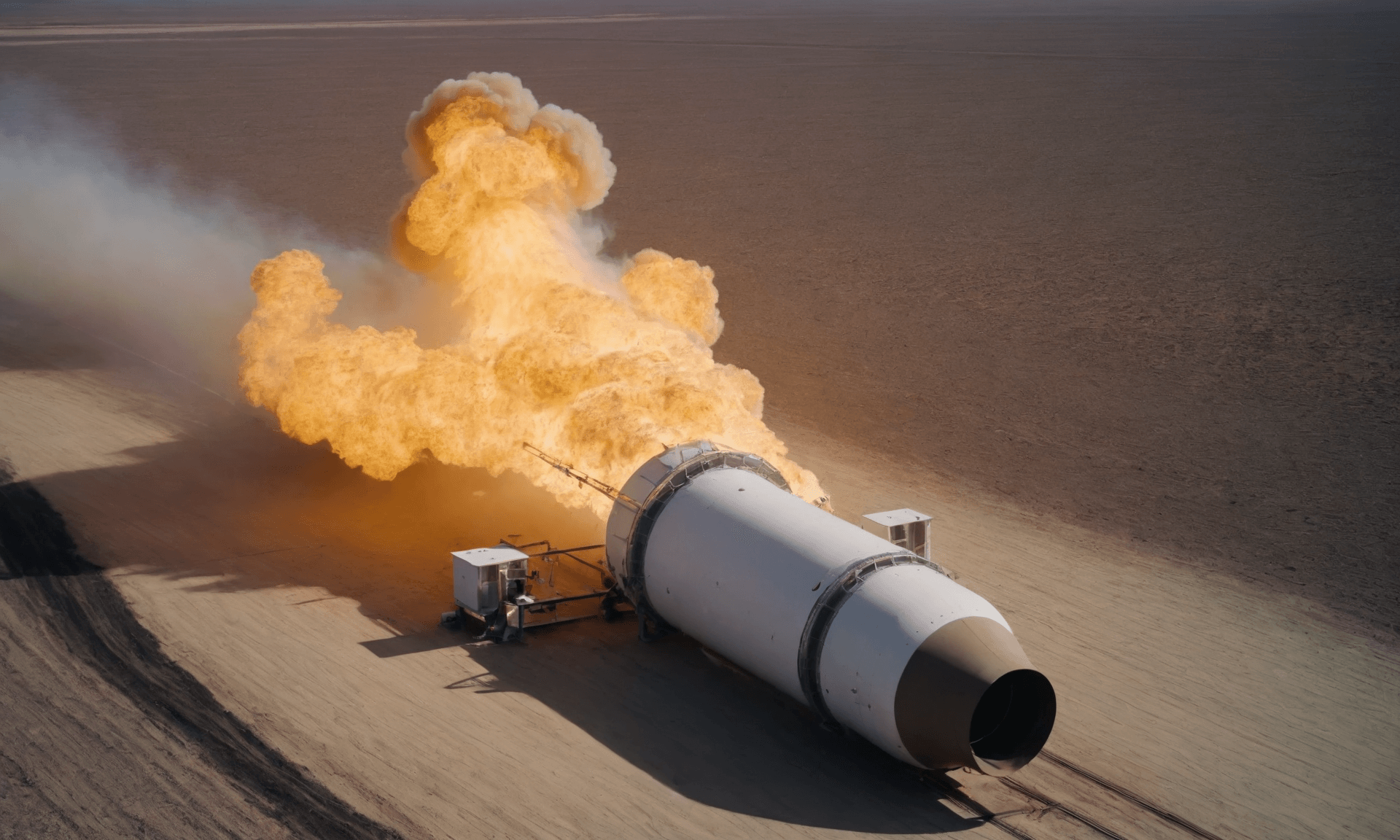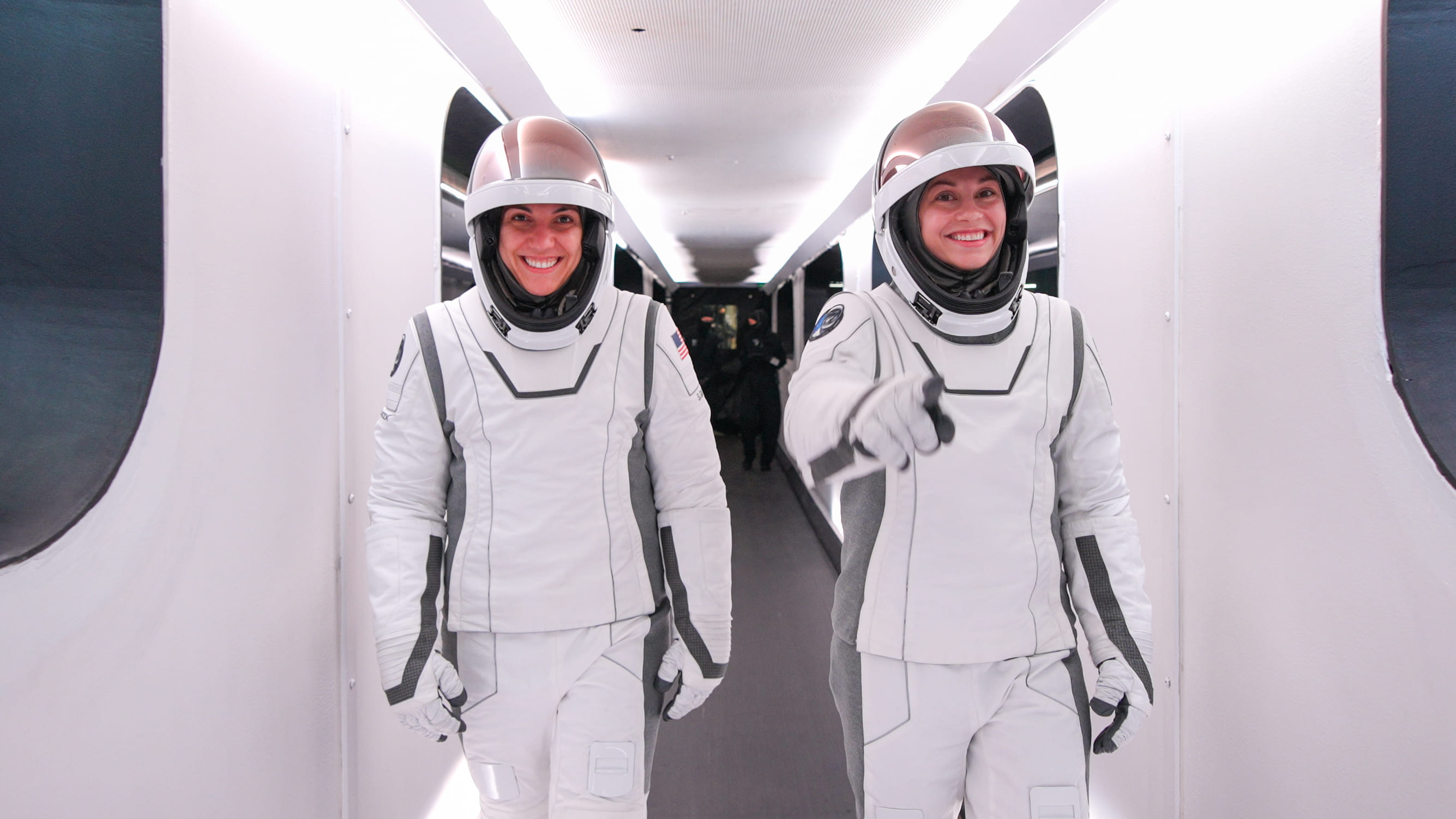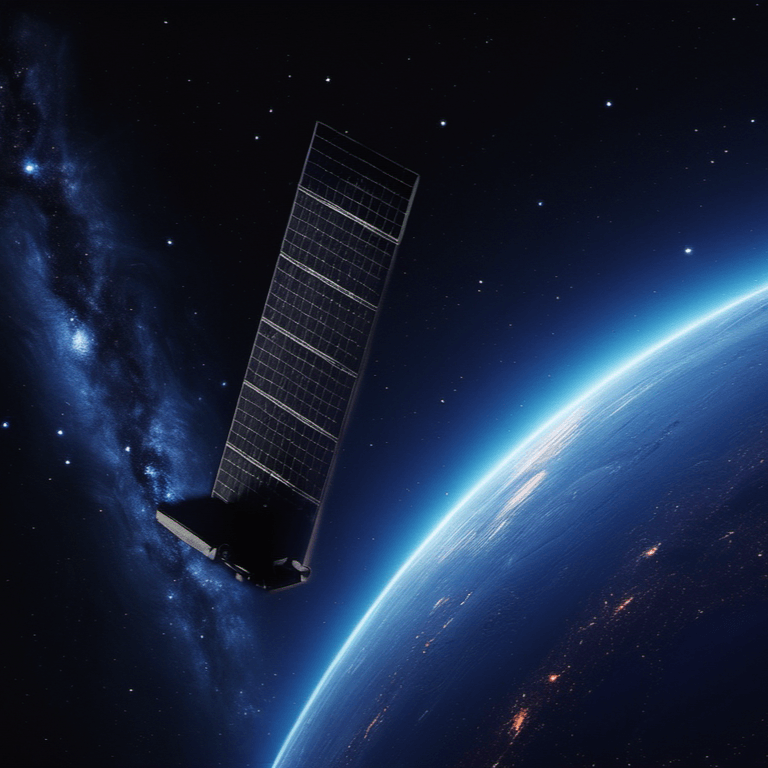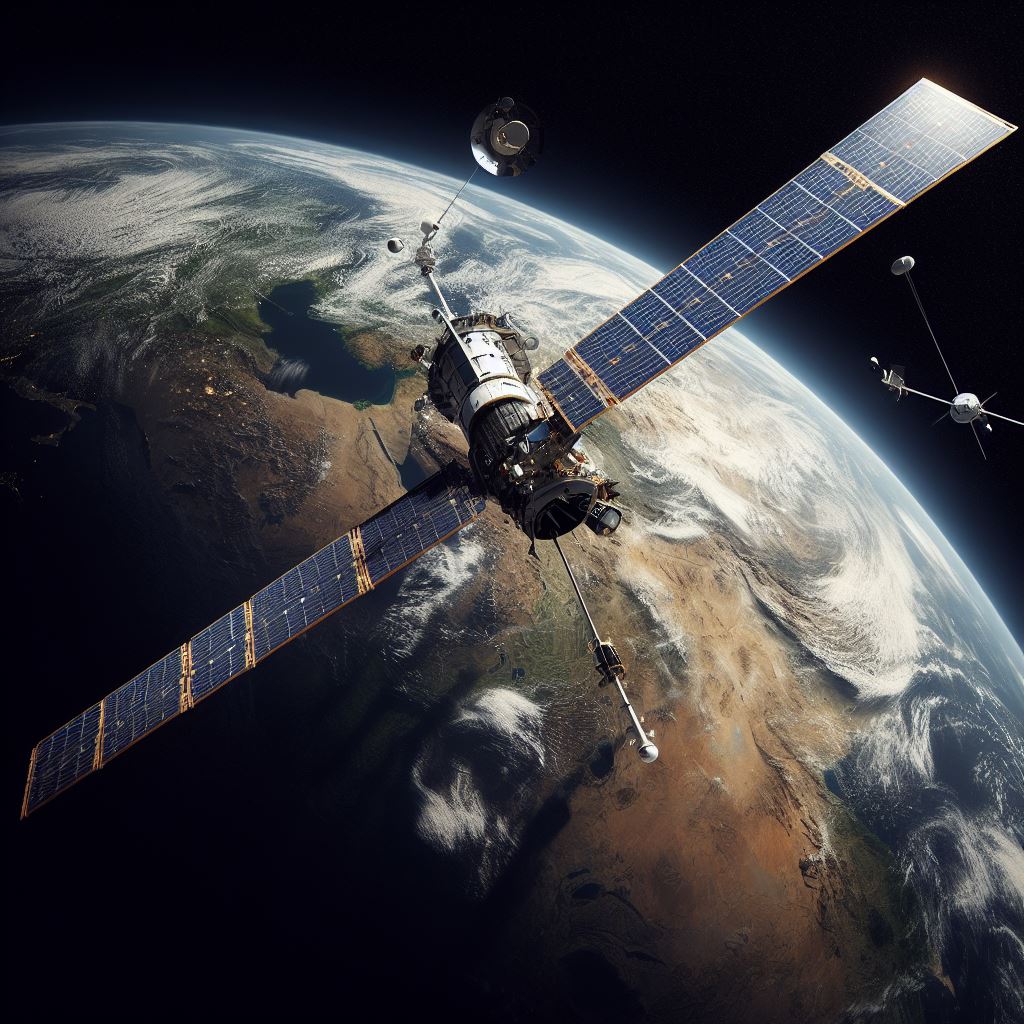· space brief · 4 min read
Space Brief 25 Aug 2024
Today's Space Brief covers NASA's decision on Starliner, SpaceX's preparations for the Polaris Dawn mission, and updates on various space activities. Also featured is an in-depth look at the Hubble Space Telescope.

📄Top Stories
Today’s highlights include NASA’s decision on Boeing’s Starliner, SpaceX’s preparations for the Polaris Dawn mission, and updates on various space activities.
📰Detailed Coverage
NASA Decides to Return Starliner Without Crew
NASA has made the decision to return Boeing’s CST-100 Starliner spacecraft to Earth without astronauts Butch Wilmore and Suni Williams aboard. This decision comes after weeks of debate and concerns about multiple helium leaks and degraded thrusters, both critical to a successful re-entry.
The two NASA astronauts who flew to the International Space Station on Starliner will now return on a SpaceX Crew Dragon spacecraft at the conclusion of the Crew-9 mission in February 2025. This extends their stay on the ISS from the initially planned eight days to eight months.
Despite this setback, NASA officials expressed continued confidence in Boeing and the Starliner program. The uncrewed return will allow NASA and Boeing to gather additional testing data on Starliner during its upcoming flight home.
Read the full story: NASA
SpaceX Completes Static Fire Test for Polaris Dawn Mission
SpaceX has successfully completed a static fire test of its Falcon 9 rocket in preparation for the Polaris Dawn astronaut mission. The test, which involved igniting the nine Merlin engines at the base of the rocket, took place at 6:38 a.m. EDT (1038 UTC) on August 25, 2024.
This test follows a dry dress rehearsal where the four crew members went through their launch day activities. The Polaris Dawn mission is set to carry out the first commercial spacewalk, marking a significant milestone in private space exploration.
Read the full story: Spaceflight Now
The Making of Our Alien Earth: Undersea Volcanoes of Santorini
NASA’s Astrobiology program has released the third installment of its fieldwork series, now rebranded as “Our Alien Earth”. This episode explores the undersea volcanoes of Santorini, Greece, following teams of astrobiologists as they study extreme environments on Earth to better understand the potential for life on other planets.
The series, which is streaming on NASA+, has previously covered the lava fields of Holuhraun, Iceland, and the Isua Greenstone Belt of Greenland. These expeditions provide valuable insights into the conditions that might support life in extraterrestrial environments.
Read the full story: NASA
🛰️Satellite Spotlight: Hubble Space Telescope (HST)
- Satellite Name: HST (Hubble Space Telescope)
- NORAD ID: 20580
- International Designator: 90037B
- Launch Date: 1990-04-24
- Mission: The Hubble Space Telescope is a pioneering space observatory that has provided groundbreaking data on the universe’s structure and expansion.
- Orbit:
- Inclination: 28.4679°
- Period: 94.81 minutes
- RAAN: 248.0822°
- Operator: NASA/ESA
- Fun Fact: Hubble’s first images were blurry due to a mirror flaw, but a servicing mission corrected the problem, leading to some of the most iconic astronomical images ever taken.
Current TLE Data:
1 20580U 90037B 24237.35267552 .00009293 00000-0 42398-3 0 99999
2 20580 28.4679 248.0822 0002498 73.9582 286.1285 15.18890356687409
Track this satellite in real-time on our web app: Track HST
Space Debris Update
Current tracked debris objects: 14002
Notable recent events: India’s Zero Orbital Debris Mission
India has marked a substantial development in its space program by announcing plans to launch a zero orbital debris mission by 2030. On National Space Day, it was revealed that the Indian Space Research Organisation (ISRO) will spearhead this initiative. A new facility in Bengaluru has been established to track and predict the movements of space debris, indicating a focused effort towards mitigating the growing issue of orbital debris.
Source: The Times of India, by Surendra Singh, Published on August 23, 2024
🚀Upcoming Space Launches
August 27
- SpaceX Falcon 9:
- Starlink Group 8-6 from Cape Canaveral (06:17 UTC)
- Starlink Group 9-5 from Vandenberg (06:27 UTC)
- Polaris Dawn from Kennedy Space Center (07:38 UTC) This mission will carry out the first commercial spacewalk.
August 29
- Galactic Energy Ceres-1S | Unknown Payload from Haiyang Spaceport (05:10 UTC)
- Blue Origin New Shepard | NS-26 from West Texas Launch Site (13:00 UTC) This suborbital flight will carry six passengers.
August 30
- SpaceX Falcon 9: NROL-113 from Vandenberg (02:51 UTC) Third batch of satellites for a reconnaissance satellite constellation built by SpaceX and Northrop Grumman for the National Reconnaissance Office to provide imaging and other reconnaissance capabilities.
August 31
- SpaceX Falcon 9: Starlink Group 8-10 from Cape Canaveral (00:00 UTC)
September 4
- Arianespace Vega: Sentinel-2C from Guiana Space Centre (01:50 UTC) This mission will provide high-resolution optical imagery for land services as part of the Sentinel-2 constellation.
September 11
Mitsubishi Heavy Industries H-IIA 202: IGS Radar 8 from Tanegashima Space Center (04:00 UTC) The IGS Radar 8 is a Japanese radar reconnaissance satellite serving both national defense and civil natural disaster monitoring.
ROSCOSMOS Soyuz 2.1a: Soyuz MS-26 from Baikonur Cosmodrome (16:22 UTC) This mission will carry two cosmonauts and one astronaut to the International Space Station.
Note: Launch dates and times are subject to change due to technical or weather considerations.
💡Did You Know?
The Hubble Space Telescope, featured in our Satellite Spotlight, has been operational for over 30 years and has made more than 1.5 million observations of the universe. Its data has been used in more than 18,000 peer-reviewed scientific publications, making it one of the most productive scientific instruments ever built.




